Carp Fish: Care, Species, Habitat & Fun Facts Explained
Learn everything about carp fish, from their habitat and diet to care tips and different species. Discover fun facts about these resilient freshwater fish.
Table of Contents
- Native Habitat of Carp Fish
- How Many Species of Carp Fish Exist
- How Carp Fish Live Longer
- Breeding Process of Carp Fish
- How Carp Survive in the Wild
- Do Carp Fish Live in Groups
- How Far Are Carp Distributed
- Maximum Size of Carp Fish
- Caring for Carp in a Tank
- Food Habits & Diet Plan
- Differences Between Male & Female Carp
- What to Do & What Not to Do With Carp
- Fun Facts About Carp Fish
- Faq
- Conclusion
Carp fish are among the most popular and adaptable freshwater species, admired for their beauty, resilience, and cultural significance. These fish have been bred for centuries, not only as ornamental pets but also for aquaculture and even sport fishing. Known for their intelligence and social nature, carp can thrive in various environments, making them a favorite among fishkeepers worldwide.
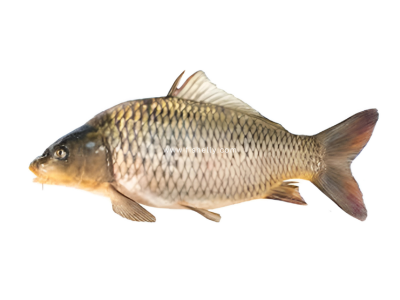
Native Habitat of Carp Fish
Carp fish originated in Europe and Asia, primarily found in slow-moving rivers, lakes, and ponds with muddy or gravelly bottoms. Over time, they have been introduced to various parts of the world, adapting well to different climates and water conditions.

How Many Species of Carp Fish Exist
There are over 2,000 species of carp worldwide, with the most famous ones being the Common Carp (Cyprinus carpio), Koi Carp, and Grass Carp. They vary in size, color, and habitat preferences.
How Carp Fish Live Longer
Carp fish have an impressive lifespan, often living between 20 to 50 years, depending on their species and environment. Factors that contribute to their longevity include clean water, a balanced diet, and a spacious habitat. Koi Carp, in particular, are known to live over 100 years in rare cases.
Breeding Process of Carp Fish
Carp fish are egg-layers, typically spawning in shallow waters with abundant vegetation. Female carp can lay thousands of eggs at once, which hatch within 4–7 days. Warm water temperatures and rich oxygen levels play a crucial role in their breeding success.
How Carp Survive in the Wild
Carp are hardy fish that can tolerate a wide range of water conditions, including low oxygen levels and moderate pollution. They use their sensitive barbels (whisker-like organs) to locate food in murky waters and have a unique ability to adapt to different temperatures.
Do Carp Fish Live in Groups
Yes! Carp are highly social fish that prefer to live in schools. Being in groups helps them avoid predators and find food more efficiently. However, as they grow older, some species become more solitary.
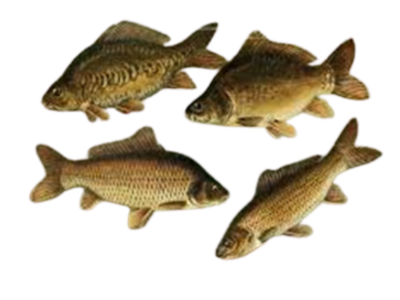
How Far Are Carp Distributed
Due to their adaptability, carp fish are found worldwide, from North America to Australia. They have been introduced into new regions for food, sport fishing, and ornamental purposes, sometimes becoming invasive in certain ecosystems.
Maximum Size of Carp Fish
Carp species vary in size, but some can grow up to 4–5 feet (1.5 meters) and weigh over 100 pounds (45 kg)! The Common Carp usually reaches 20–40 inches, while Koi Carp grow around 24–36 inches in captivity.
Caring for Carp in a Tank
Ideal Water Temperature: Carp thrive in temperatures between 59°F – 77°F (15°C – 25°C).They can survive colder conditions but become less active in winter.
Tank Size: At least 75 gallons for young carp, but larger ponds are ideal.
Filtration: Strong filtration is needed to maintain water quality.
Substrate: Sand or gravel mimics their natural environment.
Plants & Hiding Spots: Provide aquatic plants, driftwood, and caves for shelter.
Aeration: Carp need good oxygen levels, so aerators or air stones are recommended.
Food Habits & Diet Plan
Carp are omnivorous, meaning they eat both plants and animals. A balanced diet includes:
Live foods: Worms, insects, shrimp
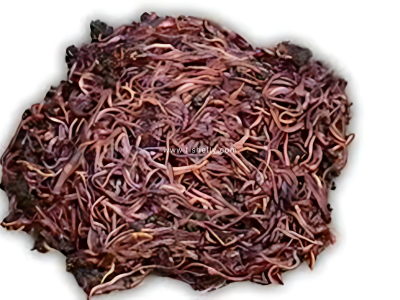
Vegetables: Lettuce, spinach, peas

Pellets & Flakes: High-quality fish food
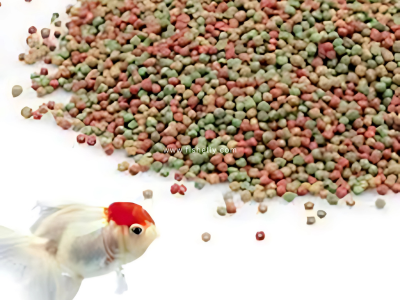
Fruits: Chopped apples, bananas (occasionally)

Grains: Cooked rice, wheat germ

Feed them 2–3 times daily but avoid overfeeding, as they tend to scavenge and overeat.
Differences Between Male & Female Carp
Male Carp Fish
• Body Shape: Slimmer and more streamlined.
• Pectoral Fins: Larger, pointed, and rough with breeding tubercles.
• Vent (Anal Opening): Smaller and concave.
• Breeding Tubercles: Present on gill covers and pectoral fins during spawning.
• Spawning Behavior: Actively chase females during breeding.
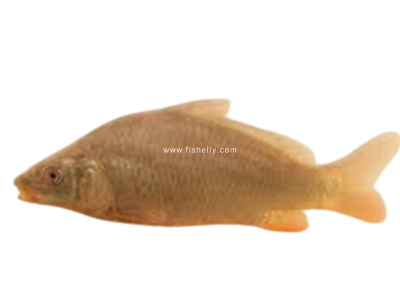
Female Carp Fish
• Body Shape: Rounder and fuller, especially before spawning.
• Pectoral Fins: Smaller, rounder, and smooth.
• Vent (Anal Opening): Larger, rounder, and protruding when ready to lay eggs.
• Breeding Tubercles: Absent.
• Spawning Behavior: Less active, releases eggs when ready.
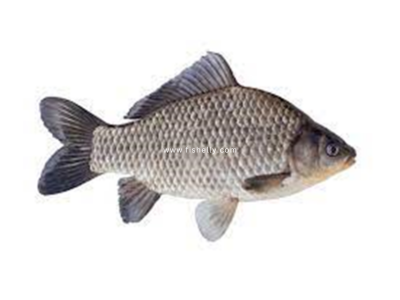
What to Do & What Not to Do With Carp
What to Do:
• Keep them in a well-maintained, spacious environment.
• Provide a varied diet to ensure proper growth.
• Maintain stable water conditions.
What Not to Do:
• Do not mix them with aggressive fish like Cichlids, as they may fight.
• Avoid overfeeding, as it leads to water pollution.
• Never introduce wild-caught carp into an aquarium, as they may carry diseases.
Fun Facts About Carp Fish
• Carp can recognize their owners and may even eat from your hand.
• They have a great memory and can remember food sources for years.
• Koi Carp are symbols of luck and prosperity in Japanese culture.
• Some carp species can survive without oxygen for hours by producing alcohol in their bodies!
• The world’s largest carp ever caught weighed 105 kg (230 lbs).
Faq
1.What is the lifespan of a carp fish?
Carp live 20–50 years, with some Koi carp reaching over 100 years.
2.What do carp fish eat?
Carp eat worms, insects, vegetables, fruits, pellets, and grains.
3.How big do carp fish get?
Carp can grow up to 5 feet and 100 pounds.
4.Can carp fish live in groups?
Yes, carp are social and prefer living in schools.
5.What is the ideal water temperature for carp fish?
Carp thrive in water temperatures between 59°F to 77°F (15°C–25°C).
6.How do I care for carp in an aquarium or pond?
Provide a spacious tank, strong filtration, and good aeration.
7.What’s the difference between male and female carp?
Males are slimmer with rough pectoral fins; females are rounder and ready to lay eggs.
8.Can carp fish survive in polluted water?
Yes, carp are hardy and tolerate moderate pollution.
9.Can I keep carp with aggressive fish like cichlids?
No, carp may get stressed and fight with aggressive fish.
10.Do carp fish recognize their owners?
Yes, carp can recognize owners and may eat from your hand.
11.Are koi carp lucky?
Yes, koi are symbols of luck and prosperity in Japanese culture.
12.What’s the biggest carp ever caught?
The largest carp weighed 105 kg (230 lbs).
Conclusion
Carp fish are resilient, adaptable, and fascinating creatures that make a great addition to any aquarium or pond. With proper care, including the right water conditions, diet, and tank setup, they can thrive and live for decades. Whether you’re drawn to their beauty or intrigued by their social behaviors, carp are sure to enhance your aquatic experience.
Have questions? Drop a comment below! #fishelly_official Fish Community






